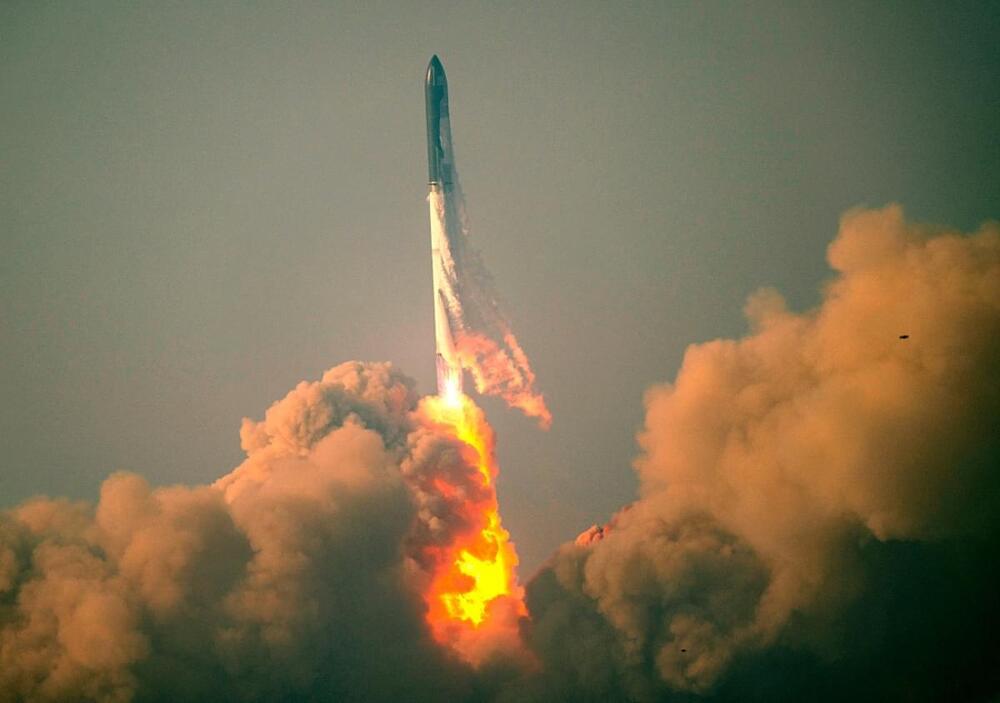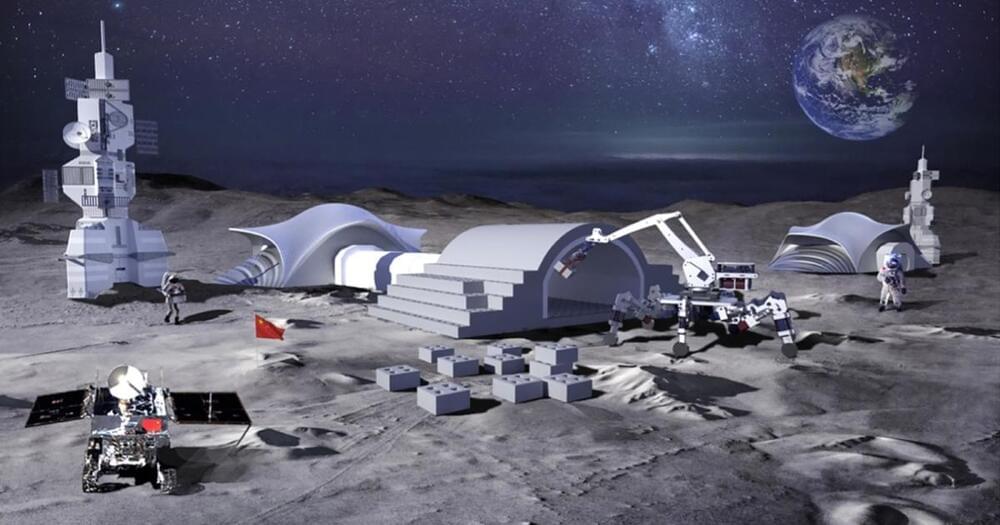SpaceX launched a fully integrated Starship launch vehicle for the first time on Thursday morning, a long-awaited and highly anticipated milestone in the vehicle development program.
The orbital test flight surpassed many expectations. The vehicle cleared Max Q – the point at which the most aerodynamic pressure is exerted on the vehicle – and flew for nearly three minutes despite eight of its 33 rocket engines failing. The rocket reached an altitude of almost 40 kilometers, the point of stage separation, at which time the upper stage failed to separate from the booster, leading to uncontrolled tumbling and a spectacular midair explosion.
Despite its fiery fate, the test was a success: SpaceX got tons of valuable data that will inform future Starship and Super Heavy prototypes. But for all the wins, the test was a stark reminder that Starship mission timelines are in need of a reset.


